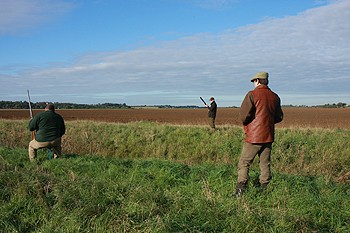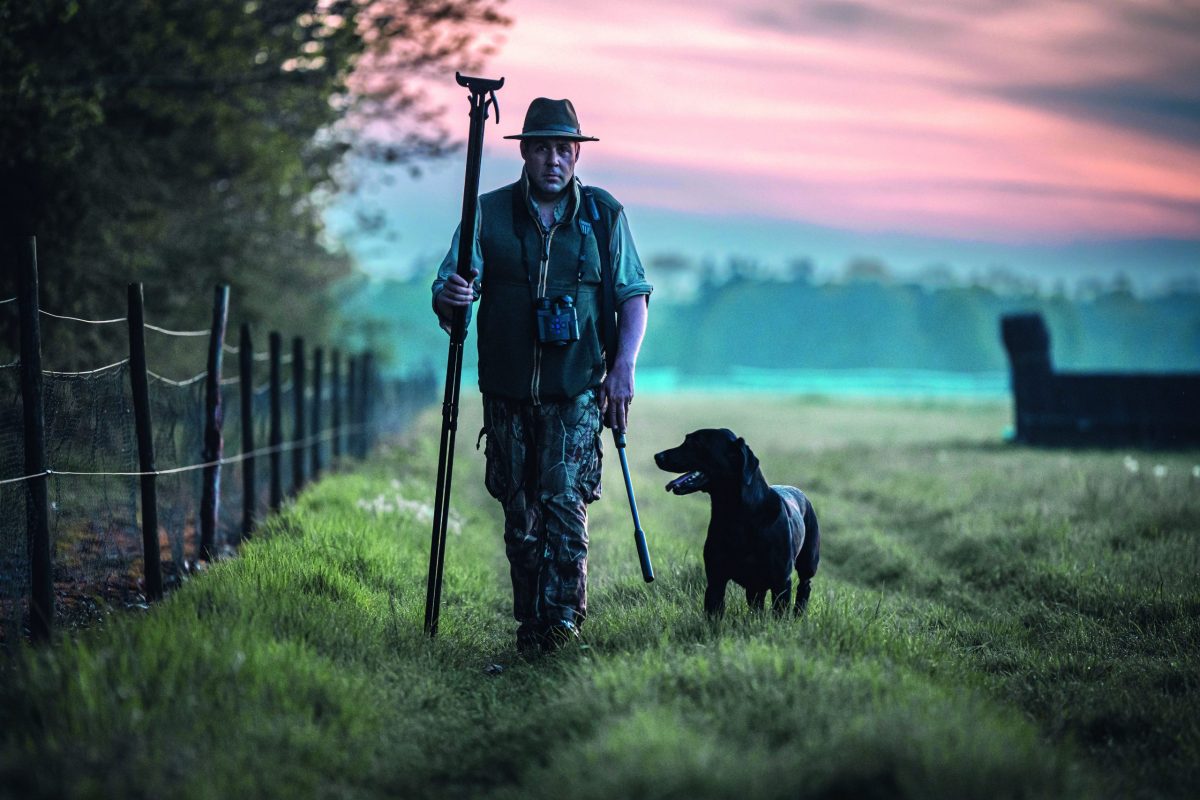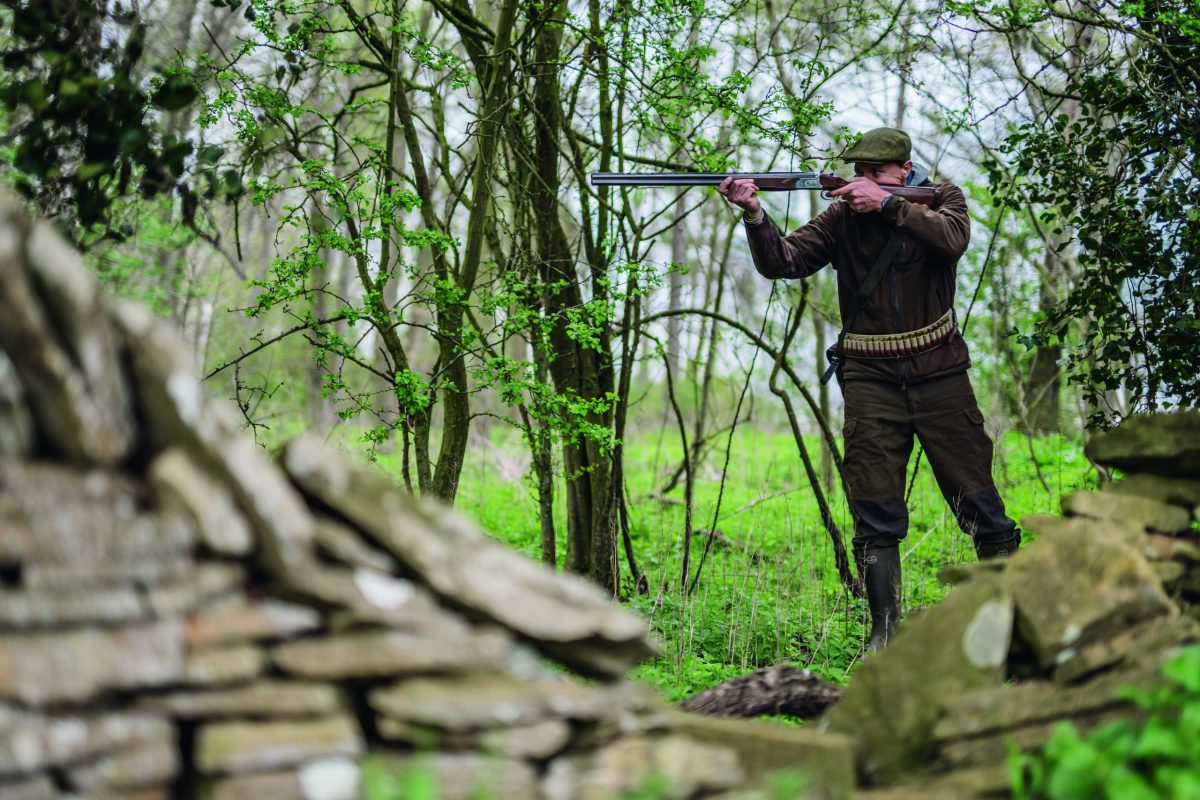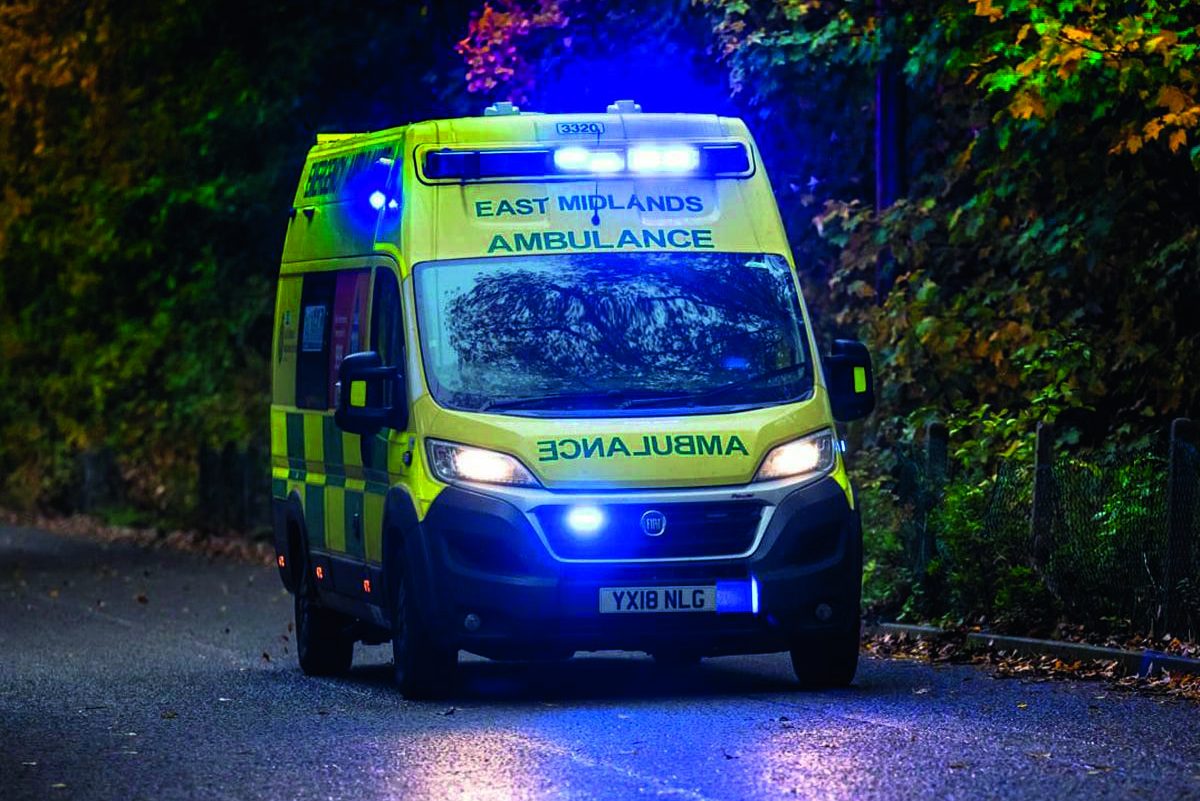Rabbit shooting – safety is no accident

Like countless other sportsmen and women, in my youth I made the natural progression from an air rifle to a shotgun. Being a rabbiting man, I learned to shoot over my ferrets as the rabbits bolted, giving me the perfect opportunity to practise marksmanship. This is now a distant memory. My ageing side-by-side accounted for many bunnies, but the most important lesson I learned from it was about the potential dangers of shooting bolting rabbits. Suffolk has a thriving shooting community and it was easier to obtain assistance with shooting rabbits than with my favoured practice of netting them.
Though perceived to be among the less glamorous game, rabbit provides one of the best physical and mental tests of the shooting disciplines. Only those who shoot bolting rabbits can appreciate how complicated this can be, as rabbits bolt unpredictably from any angle at any given time. Rabbits run along the ground, at speeds that can be deceptive as well as erratic, up and down ditches, towards and away from humans, dogs and ferrets, and partly hidden in the undergrowth. Because of this, shooting them carries more risk than any other form of shotgun use. But the most alarming fact I have experienced is that rabbit shooting has a disquieting capacity to unsettle the safest of Guns. Careful consideration must be given to those who are going to be pulling the trigger, as a net is forgiving, but 32g of lead isn’t.
To highlight this, I invited a few friends rabbit shooting. The Guns were Bruce Marks, a shooting coach and member of the Association of Professional Shooting Instructors and a full-time pest controller from Cambridgeshire, and David Beer, manager of the Country Store gunshop in Sawston, Cambridgeshire. Bruce’s wife, Elaine, was helping me with the ferrets and Steve Taylor was taking the photographs. All of the party are rabbiting people, be it with dog, rifle, gun, ferret or trap, so who better to give their opinions about safety than those who have experienced the addictiveness and flow of adrenalin that rabbit shooting offers? When operating in this fashion, I decline to carry a gun. I need to focus my attention on the ferrets and rabbits as well as the Guns themselves. Also, if I am digging, picking ferrets up and putting them down holes, I would be constantly putting my gun on the ground, where dirt and other substances could hinder its workings.
Safety matters
I thought carefully about where we would ferret; our venue was picked to illustrate the safety aspects, not the scenery. Lush green meadows of grassland or rolling hills may look stunning, but they don’t offer the same mental and physical obstacles as a good ditch or hedge line, especially with plenty of foliage. Saying that, the day didn’t get off to the brightest of starts: when we turned up, not only had the ditches not been cleaned out, but the biggest tractor in East Anglia was drilling the field we were trying to get rabbits to bolt in. Unfortunately, this happens from time to time and it would be fraudulent to write about red-letter days all the time, as that’s simply not the way things are.
After collaring the ferrets, I briefed those shooting on what I expected and the important safety factors that should be instinctive and taken for granted, but which can get forgotten. They needed to know who was doing what, where we would be shooting, where I would like them to position themselves, the safe arcs of fire and the distance I would like them from the warrens. Also, of course, I made sure they knew when Elaine, Steve, the spaniel or I would be moving into the danger zone.
Positioned on either side of the ditch, the Guns were ready as I started working the ferrets. Albino ferrets are my preference for this discipline, as they are easily seen and impossible to confuse with a rabbit in dense undergrowth. As we were after bolting rabbits, I only worked a pair, because I wanted to avoid ferrets wandering around on the surface looking for a scent, placing an unwanted obstacle between the Guns and their rabbit, and to give the rabbits a free bolt from the warren.
Both Bruce and David were shooting 12-bore over-and-unders. Many rabbit shooters prefer a semi-automatic for this, as it offers a third shot, but with the mechanics of that type of gun it is hard to determine at a glance whether the gun is loaded or unloaded. Earlier, while Bruce demonstrated some safe handling, his semi-auto had a bright orange safety plug made by Laser Fire attached to illustrate that the breech was back and the gun was unloaded. It is essential that, while picking ferrets up, taking a rabbit from the dog?s mouth after a retrieve or moving about, a gun is broken.
As the person working my ferrets, I need to have complete confidence in those around me holding the guns. While I dug, I didn’t worry about any safety issues. When David crossed the ditch, his gun was broken, the cartridges were removed and the gun was passed across safely before he negotiated a difficult crossing. The Guns were constantly aware of the range of their shotguns and, as several rabbits bolted into deep cover, neither Gun shot at anything if they couldn’t identify the animal as a rabbit or if they weren’t in a safe shooting position.
The right tools
Over a flask of coffee, I quizzed David about the type of gun his customers wanted for shooting rabbits. Many rabbit shooters also shoot pigeon, so the 12-bore semi-automatic was a popular choice. However, the 20-bore is becoming more popular, and only recently the moderated .410 has been a favourite with the local rabbiters. Lightweight guns with low recoil suit the static shooter, and many opt for a cheaper gun, owing to the earthy environment in which they operate. The most popular cartridge size is a 30g size 6, but many prefer a 7½ clay load for a better pattern at close range, and it’s a lot easier on the pocket. Owing to the range of shooting, an open choke with an open pattern is advisable for close range shooting. David also highlighted that when out rabbit shooting, obstructed barrels are a particular point to watch out for. While a foreign body can easily slip into the barrels unnoticed, David pointed out that user error is also sometimes a factor and that all shooters need to be aware of the classic 12/20 danger. He recently had a 12-bore in for repair after the owner inadvertently popped a 20-bore cartridge from his bag in by mistake, his customer was lucky to escape serious injury, but the gun itself wasn’t so fortunate.
The day finished with a respectable bag of rabbits, but it only emphasised the trust and confidence needed in the Guns who were shooting for me over my animals. It highlighted the fact that, if you treat all guns as though they are loaded, you won’t become complacent. On this occasion, I was in the presence of two experienced Guns who know their limitations, and who know what to expect from such a day. Sporting organisations such as BASC, the National Gamekeepers’ Organisation and the Countryside Alliance hold training courses intended to equip the candidates with the knowledge, understanding, skills and awareness required to undertake safe shotgun use, and to improve their shooting skills and therefore the enjoyment of their activity. Safety is no accident and there is no place for an unsafe Gun in any shooting party.








